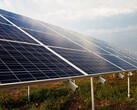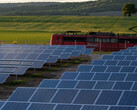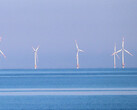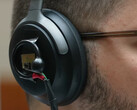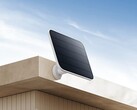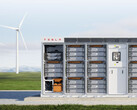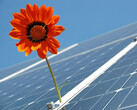The advantage of bifacial solar modules is that they can also convert light reflected from the back into electricity. This means that more yield can be achieved on the same surface area.
This is particularly useful with an east-west orientation, so that most electricity is produced in the morning and evening hours. However, it also seems promising to install the solar modules on a well-reflecting surface.
This is possible on sandy soils or snow-covered surfaces, for example. Auxiliary means must be used everywhere else. A study by the University of Ottawa now shows that the financial outlay falls well short of the additional electricity generated. And the yield depends on the location.
Simple white films can be used to simulate the conditions that would otherwise be provided by light-colored soils. In this way, electricity production could be increased by an average of 4 percent. The gain is lower where the solar modules deliver a higher yield anyway.
At the test site in Seattle, however, a city with very few hours of sunshine, the yield of the bifacial solar cells was increased by 6 percent. It is therefore worth paying attention to the substrate, especially in poor conditions.
It was also found that the area directly under the systems must be bright, not diagonally behind them, which actually would seem more logical with inclined solar modules. A certain distance must also be maintained between the module and the ground.
It can therefore be said that the installation location is also decisive with regard to the ground. Highly reflective sandy soils, which cover around 4 percent of the world's land area, would therefore be ideal for achieving the highest possible yield. The additional reflective layers, on the other hand, could be used in cities where there is less space available - modules installed at an angle on flat white roofs, for example.
This would generate many millions of extra kilowatt hours per year with the solar systems installed worldwide alone.





